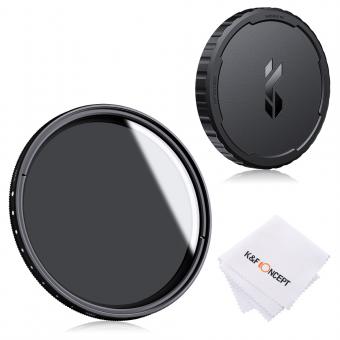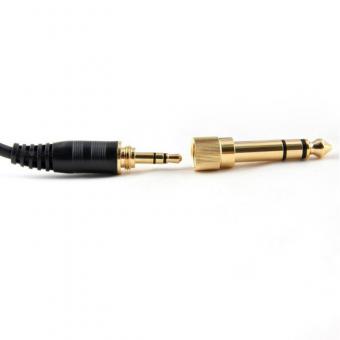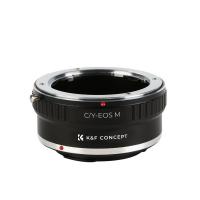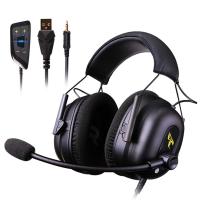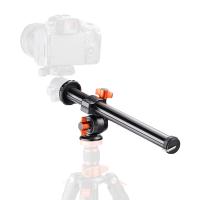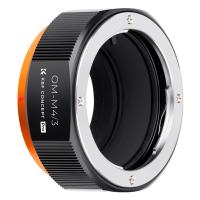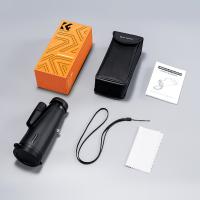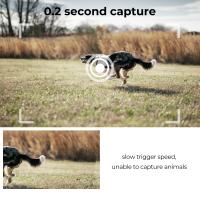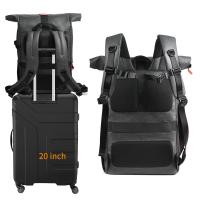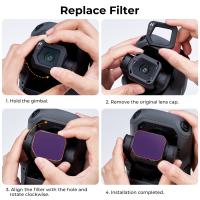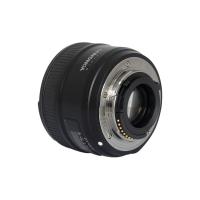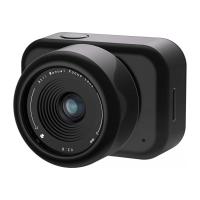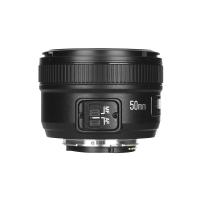What Is An Nd Filter Used For?
An ND filter, or neutral density filter, is used in photography and videography to reduce the amount of light entering the camera lens without affecting the color or hue of the image. This allows for longer exposure times or wider apertures to be used in bright conditions, resulting in a shallower depth of field or motion blur effects. ND filters are commonly used in landscape photography to capture long exposures of waterfalls or rivers, or in portrait photography to achieve a shallow depth of field in bright sunlight. They are also used in videography to achieve a cinematic look by allowing for a slower shutter speed and wider aperture.
1、 Definition and Types of ND Filters
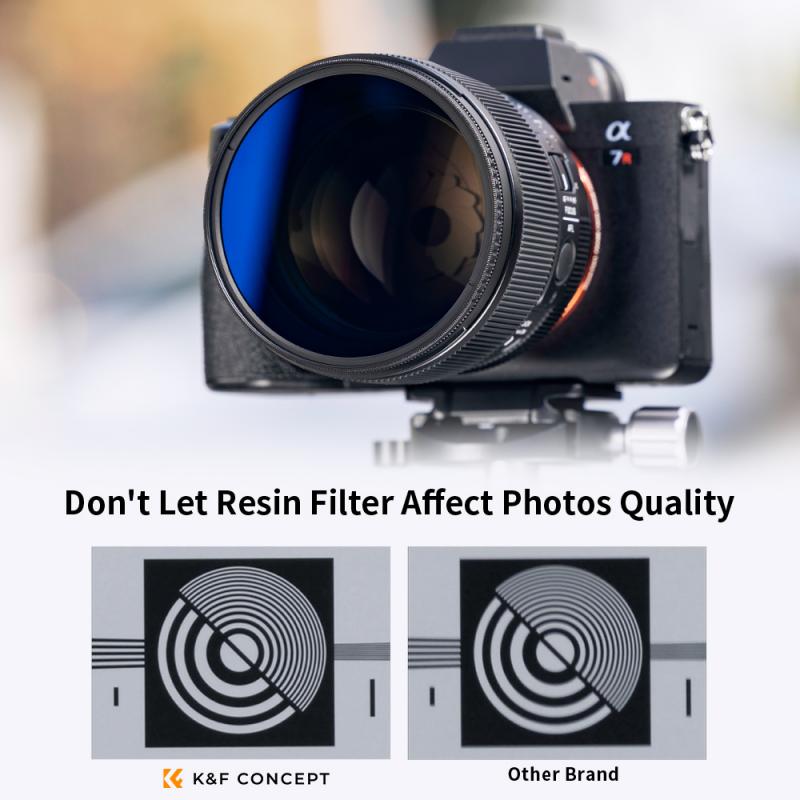
An ND filter, or neutral density filter, is a type of camera filter that reduces the amount of light entering the lens without affecting the color or hue of the image. ND filters are commonly used in photography and videography to achieve certain creative effects or to overcome technical limitations.
ND filters are particularly useful in situations where the available light is too bright for the desired exposure settings. For example, when shooting in bright sunlight, an ND filter can be used to allow for a wider aperture or slower shutter speed, which can create a shallow depth of field or motion blur effects.
There are several types of ND filters available, including fixed ND filters, variable ND filters, and graduated ND filters. Fixed ND filters have a set level of light reduction, while variable ND filters allow for adjustable levels of light reduction. Graduated ND filters are designed to reduce light in a specific area of the image, such as the sky, while leaving the rest of the image unaffected.
In recent years, ND filters have become increasingly popular among drone photographers and videographers. The bright sunlight and high altitudes often encountered when shooting with a drone can make it difficult to achieve the desired exposure settings, making ND filters a valuable tool for capturing high-quality aerial footage.
Overall, ND filters are a versatile and essential tool for any photographer or videographer looking to achieve creative effects or overcome technical limitations in their work.
2、 Benefits of Using ND Filters in Photography
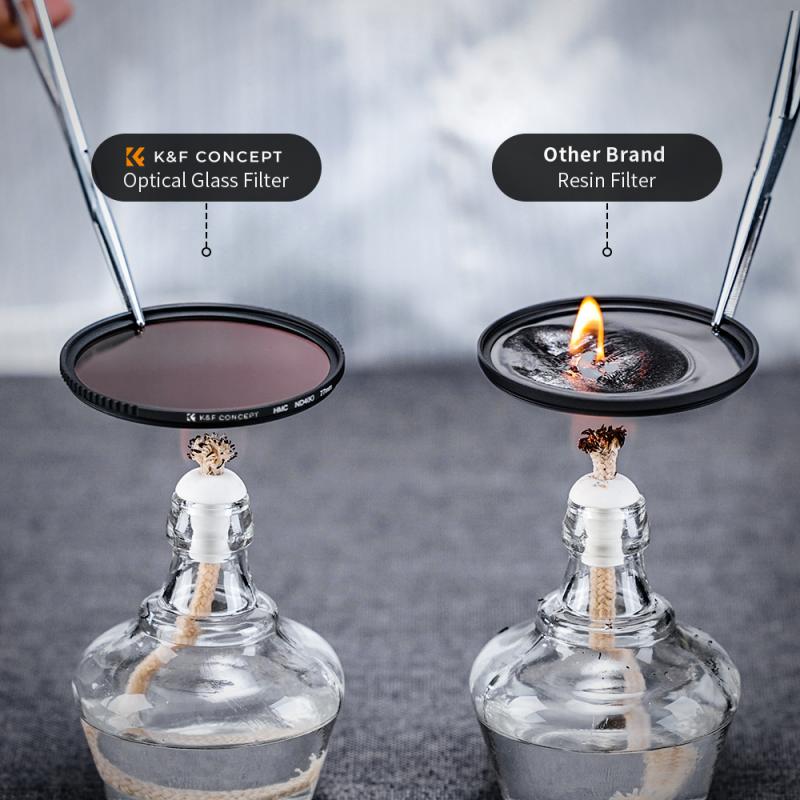
Benefits of Using ND Filters in Photography
ND filters, or neutral density filters, are essential tools for photographers who want to control the amount of light that enters their camera lens. These filters are designed to reduce the amount of light that enters the lens without affecting the color or quality of the image. Here are some of the benefits of using ND filters in photography:
1. Long Exposure Photography: ND filters are commonly used in long exposure photography to create stunning images of landscapes, seascapes, and cityscapes. By reducing the amount of light that enters the lens, photographers can use slower shutter speeds to capture the movement of water, clouds, and other elements in the scene.
2. Wide Aperture Photography: ND filters are also useful in wide aperture photography, where the photographer wants to use a large aperture to create a shallow depth of field. By reducing the amount of light that enters the lens, ND filters allow photographers to use wider apertures without overexposing the image.
3. Video Production: ND filters are also commonly used in video production to maintain a consistent exposure throughout a scene. By reducing the amount of light that enters the lens, ND filters allow videographers to use a wider range of shutter speeds and aperture settings without overexposing the image.
4. Protecting the Sensor: ND filters can also protect the camera sensor from damage caused by excessive light. This is particularly important when shooting in bright sunlight or when using high-powered flash units.
In conclusion, ND filters are essential tools for photographers who want to control the amount of light that enters their camera lens. They are useful in a wide range of photography and video production applications and can help photographers create stunning images and protect their equipment.
3、 How to Choose the Right ND Filter for Your Needs
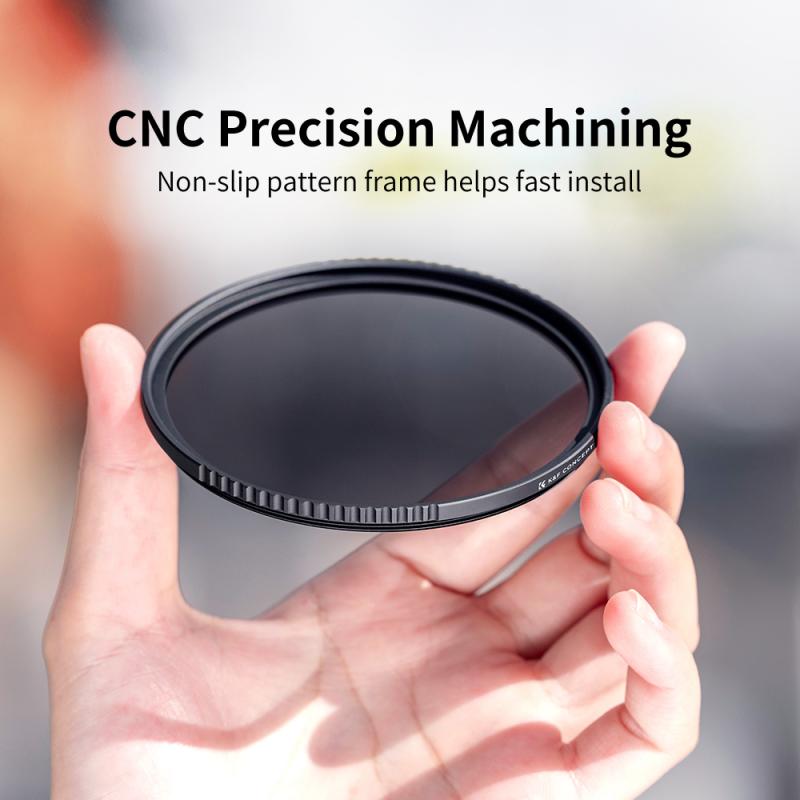
An ND filter, or neutral density filter, is used to reduce the amount of light entering the camera lens without affecting the color of the image. This is particularly useful in situations where there is too much light, such as when shooting in bright sunlight or when using a slow shutter speed to capture motion blur. By reducing the amount of light, an ND filter allows for longer exposure times or wider apertures, which can create unique and creative effects in photography.
When choosing an ND filter, it is important to consider the strength of the filter, which is measured in stops. The higher the number of stops, the more light the filter will block. It is also important to consider the type of photography you will be doing and the conditions you will be shooting in. For example, a stronger ND filter may be necessary for shooting in bright sunlight, while a weaker filter may be sufficient for shooting in overcast conditions.
Other factors to consider when choosing an ND filter include the size of the filter, the quality of the glass, and the price. Some photographers prefer to invest in high-quality filters made from premium glass, while others may opt for more affordable options.
In recent years, there has been a growing trend towards using variable ND filters, which allow for adjustable levels of light reduction. These filters can be particularly useful in situations where lighting conditions are constantly changing, such as when shooting outdoors on a cloudy day. However, it is important to note that variable ND filters may not be suitable for all types of photography, and may not produce the same level of image quality as fixed ND filters.
4、 Techniques for Using ND Filters in Photography
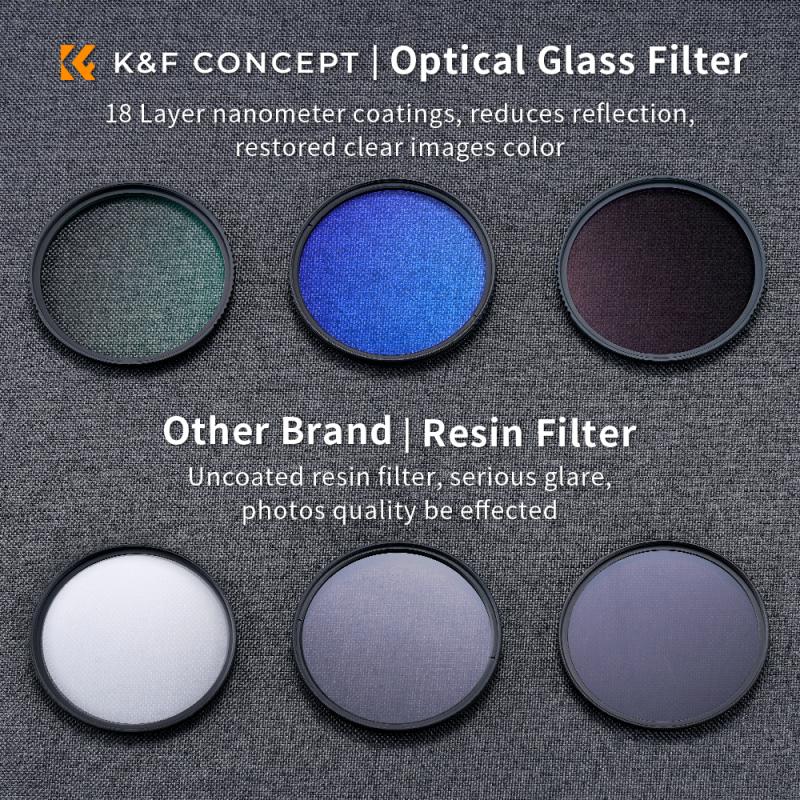
An ND filter, or neutral density filter, is a type of filter used in photography to reduce the amount of light entering the camera lens without affecting the color or hue of the image. This allows photographers to use longer shutter speeds or wider apertures in bright conditions, creating effects such as motion blur or shallow depth of field.
ND filters are particularly useful in landscape photography, where bright sunlight can make it difficult to capture a properly exposed image. By using an ND filter, photographers can slow down the shutter speed and create a sense of motion in waterfalls or clouds, or use a wider aperture to create a shallow depth of field and isolate a subject from the background.
In addition to landscape photography, ND filters can also be used in portrait photography to create a shallow depth of field and blur the background, or in street photography to capture motion blur in moving subjects.
When using ND filters, it's important to choose the right strength for the lighting conditions and desired effect. ND filters come in different strengths, measured in stops, with higher numbers indicating greater light reduction. It's also important to use a tripod to avoid camera shake when using longer shutter speeds.
Overall, ND filters are a versatile tool for photographers looking to create unique and creative images in bright conditions. The latest point of view is that ND filters are becoming increasingly popular among photographers, with new and innovative uses being discovered all the time.


